Janguisa Temple – 장의사 (Goseong, Gyeongsangnam-do)

Temple History
Janguisa Temple is located on the eastern slopes of Mt. Munamsan (459.4 m) in eastern Goseong, Gyeongsangnam-do. Janguisa Temple was first founded by the famed monk Wonhyo-daesa (617-686 A.D.) in 642 A.D. After its founding, nothing is known about the temple’s history. In 1885, Janguisa Temple was destroyed by flooding. The temple was rebuilt in 1891 in its current location, which is lower on the mountain than its original location. The temple was rebuilt, once more, by the monk Hobong in 1920. And the temple we know today was rebuilt in the early 1960s.
Janguisa Temple is home to one provincial treasure, it’s the “Goseong Janguisa Stone Gwanseeum-bosal Statue,” which is Gyeongsangnam-do Tangible Cultural Property #511. However, it should be noted that this treasure is currently off-limits to the general public, as it doesn’t appear inside any of the shrine halls at Janguisa Temple.
Temple Layout
You first make your way up to Janguisa Temple up a winding mountain road that overlooks the harbour from some distance. Along the way, you’ll pass by the slender Iljumun Gate. Eventually, you’ll arrive at the temple parking lot with the temple to your right.
You’ll pass between the administrative offices at the temple, as well as the Jong-ru Pavilion to your right. Housed inside the Jong-ru Pavilion is a beautiful bronze bell with images of Buddhas and Bicheon (Flying Heavenly Deities) on it. Crowning the bronze bell is a two-headed image of a dragon.
Around the corner, and to the left, you’ll enter into the main temple courtyard at Janguisa Temple. Looking straight ahead, you’ll see the Daeung-jeon Hall, which has just recently been repainted. The exterior walls to the main hall are vibrantly adorned with images of various Buddhas and Bodhisattvas like Bohyeon-bosal (The Bodhisattva of Power), Seokgamoni-bul (The Historical Buddha), Gwanseeum-bosal (The Bodhisattva of Compassion), Jijang-bosal (The Bodhisattva of the Afterlife), and Munsu-bosal (The Bodhisattva of Wisdom). In addition to these stunning paintings, there are also images of lotus flowers, Podae-hwasang (The Hempen Bag) and a collection of the Palsang-do (The Eight Scenes from the Buddha’s Life Murals). Stepping inside the Daeung-jeon Hall, you’ll find a main altar occupied by a triad centred by Seokgamoni and joined on either side by a green haired image of Jijang-bosal and Gwanseeum-bosal. And rounding out the interior of the main hall is a modern Shinjung Taenghwa (Guardian Mural) hanging on the far left wall.
To the left of the Daeung-jeon Hall is the administrative offices at Janguisa Temple, as well as the temple kitchen. In this area, and closer to the main hall, you’ll find an outdoor shrine dedicated to the Bodhisattva of Compassion. And to the right of the Daeung-jeon Hall, you’ll find the Cheonbul-jeon Hall. The exterior walls to this hall are adorned with fading murals of the Bodhidharma and various Buddhist related murals. Stepping inside the Cheonbul-jeon Hall, you’ll find a shrine hall filled with smaller statues of Seokgamoni-bul, Jijang-bosal, and Gwanseeum-bosal. This is repeated on the main altar, where you’ll find the exact set same with the central image being that of the Historical Buddha being joined on either side by the Bodhisattva of Compassion and the Bodhisattva of the Afterlife.
Between the Cheonbul-jeon Hall and the Daeung-jeon Hall, you’ll find a long flight of stairs. This leads up to the Samseong-gak Hall in the treeline. The exterior walls are adorned with simple dancheong colours. Stepping inside the shaman shrine hall, you’ll find four, instead of the more traditional three, shaman murals. The first, as you step inside, is the most original of the four. This painting is dedicated to Sanshin (The Mountain Spirit); but instead of it being a male Mountain Spirit, this image is of a female Sanshin. The painting is reminiscent of the image of a female Sanshin found at Daewonsa Temple in Jirisan National Park. To the left of this female Sanshin is a modern, black accented, mural dedicated to Chilseong (The Seven Stars). To the left of this central painting is an older painting, probably painted at the same time as the female Sanshin, dedicated to a dour-looking Dokseong (Lonely Saint). Finally, and hanging on the far left wall, is a seated image of Yongwang (The Dragon King) being accompanied by a yellow dragon.
How To Get There
The easiest way to get to Janguisa Temple is by taxi. From the Goseong Intercity Bus Terminal, you can catch a taxi to the temple. It’ll take under 15 minutes, over 10 km, and it’ll cost about 15,000 won (one way). If you’re going in a group, this is probably the best way to travel.
However, if you’d rather public transportation, you can take Bus #989 to get to Janguisa Temple from the Goseong Intercity Bus Terminal. You’ll need to take this bus for 10 stops and get off at the “Ma-dong” bus stop. In total, the bus ride should take about 25 minutes. From where the bus drops you off, and this is where it gets difficult, you’ll need to walk nearly two kilometres north, which will take about 40 minutes, to get to Janguisa Temple. In total, the travel time should be just over an hour depending on how fast you hike.
Overall Rating: 6/10
While definitely lesser known, Janguisa Temple has a few highlights which are most noticeably the female Sanshin (Mountain Spirit) housed inside the Samseong-gak Hall and the newly painted murals adorning the exterior of the Daeung-jeon Hall. On a clear day, you can enjoy the view out towards the harbour, as well as the bronze bell housed inside the Jong-ru Pavilion. Janguisa Temple definitely has a serene feeling to it.





































































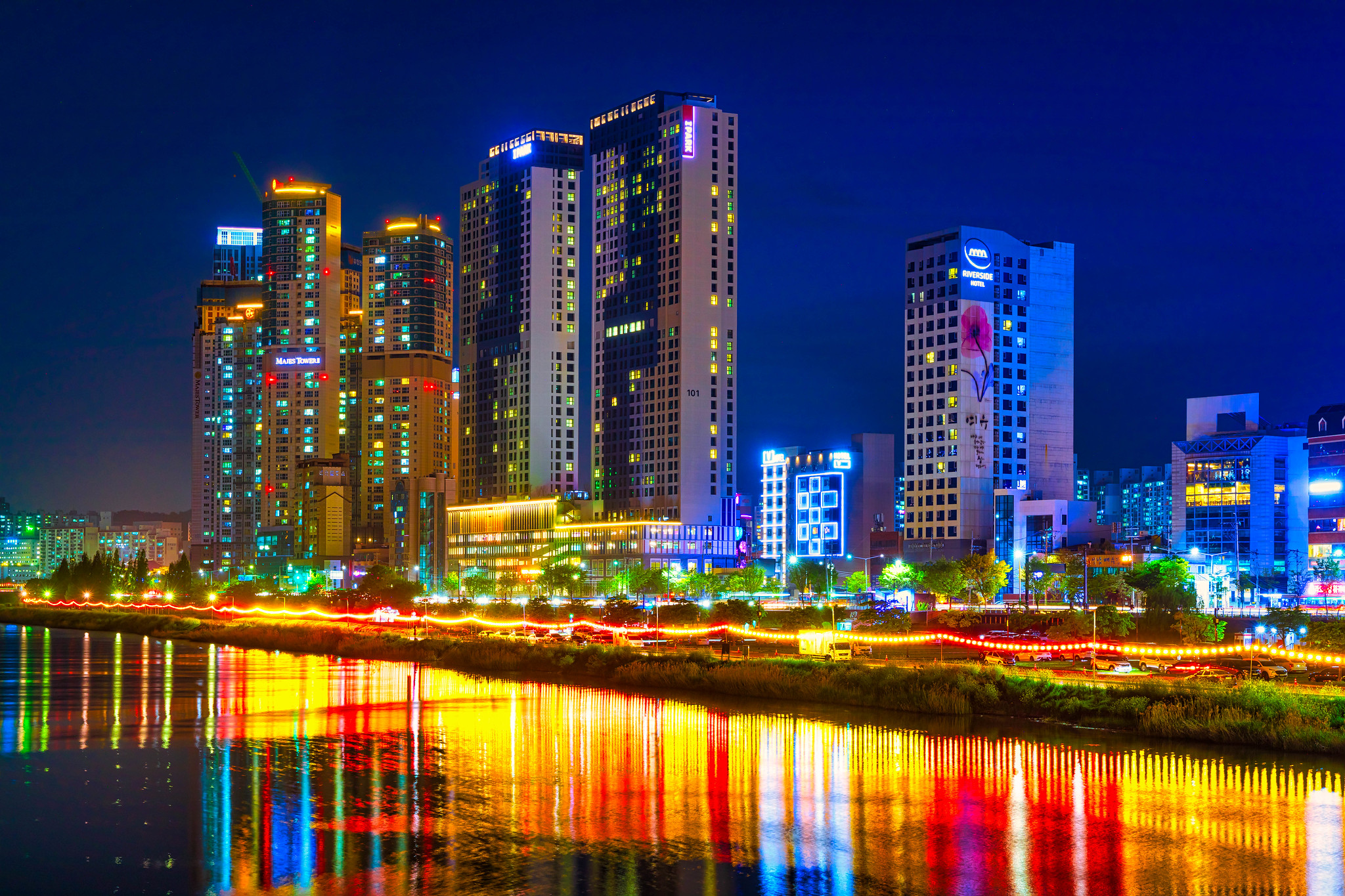







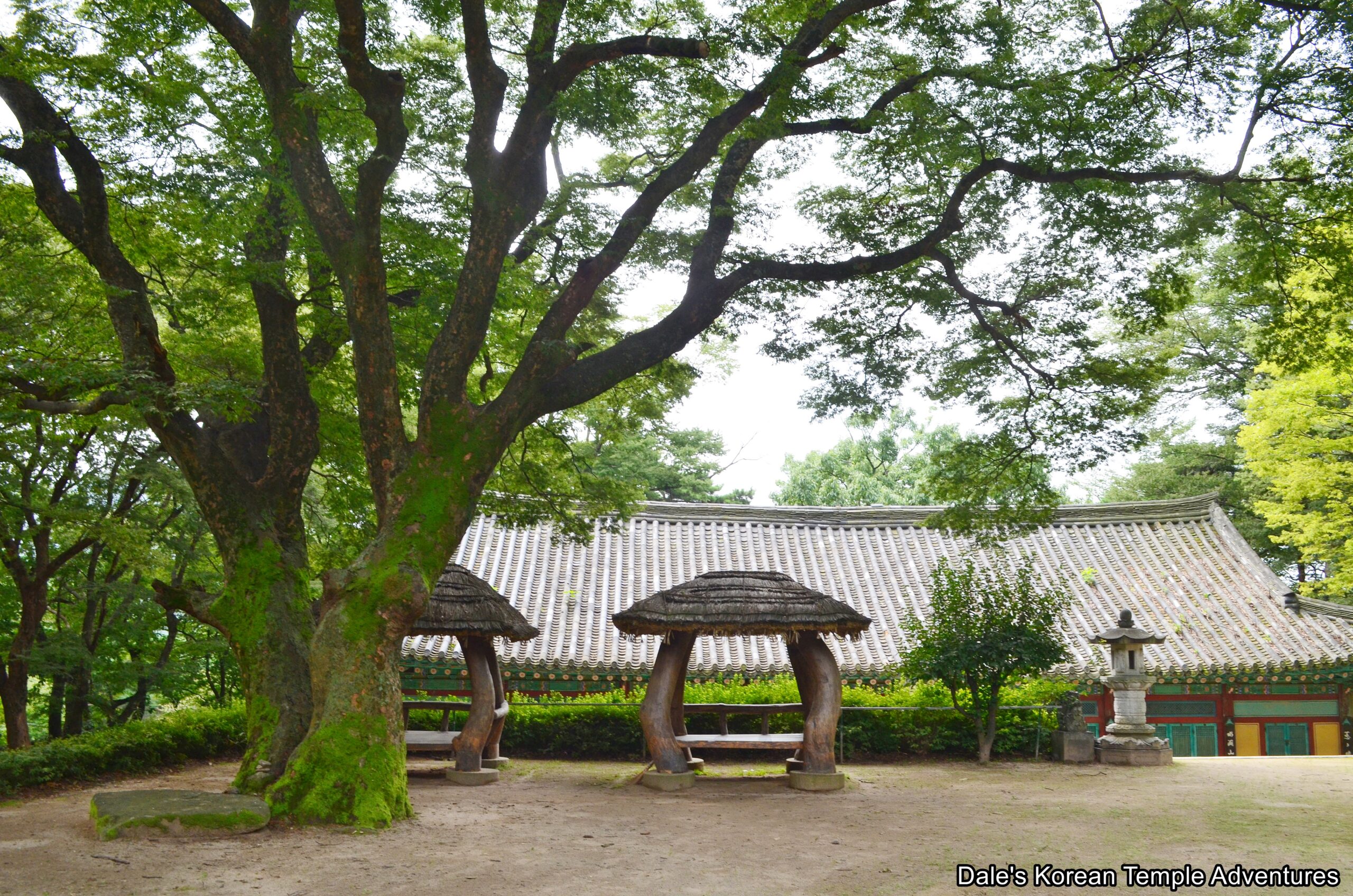
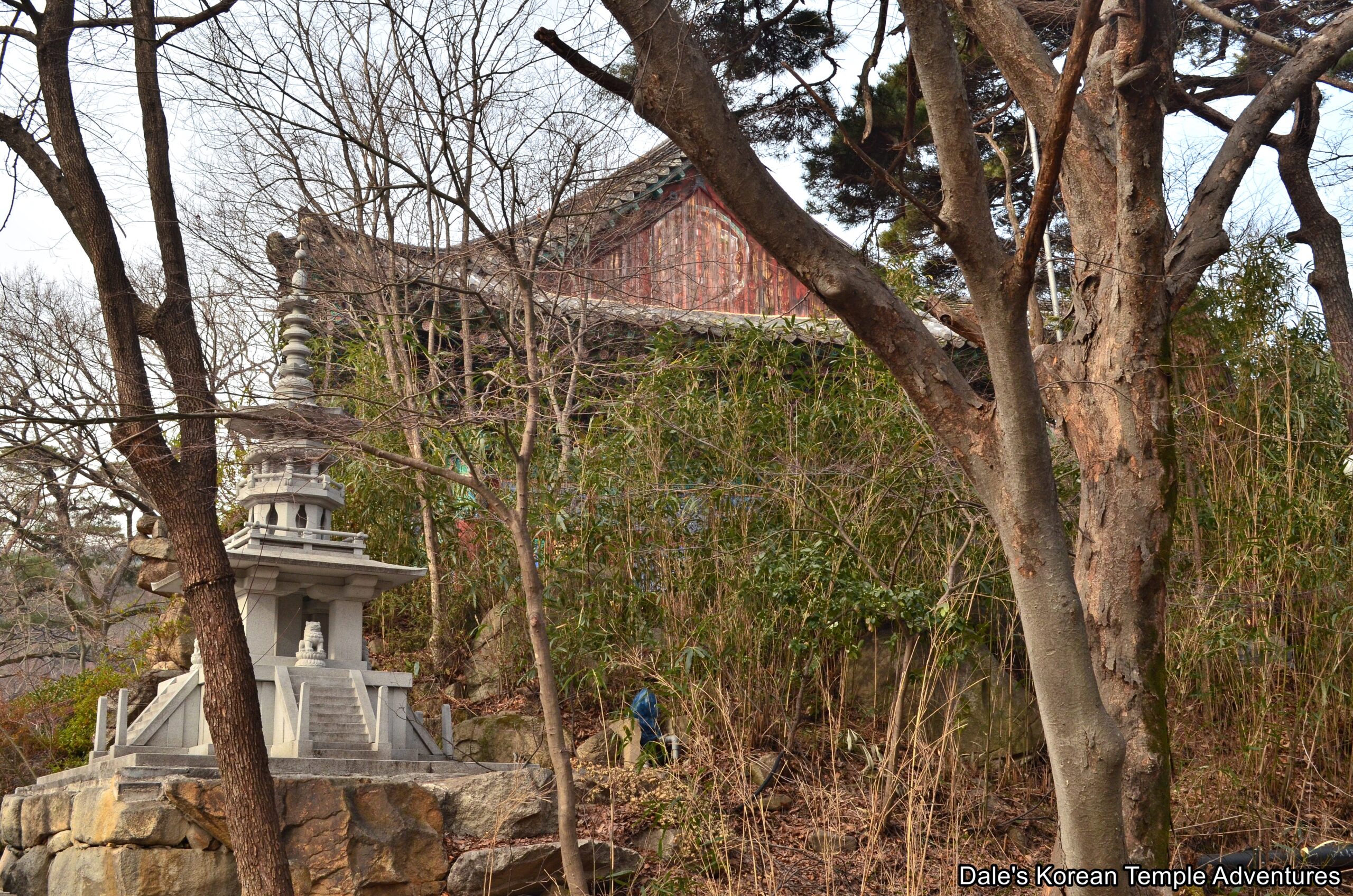
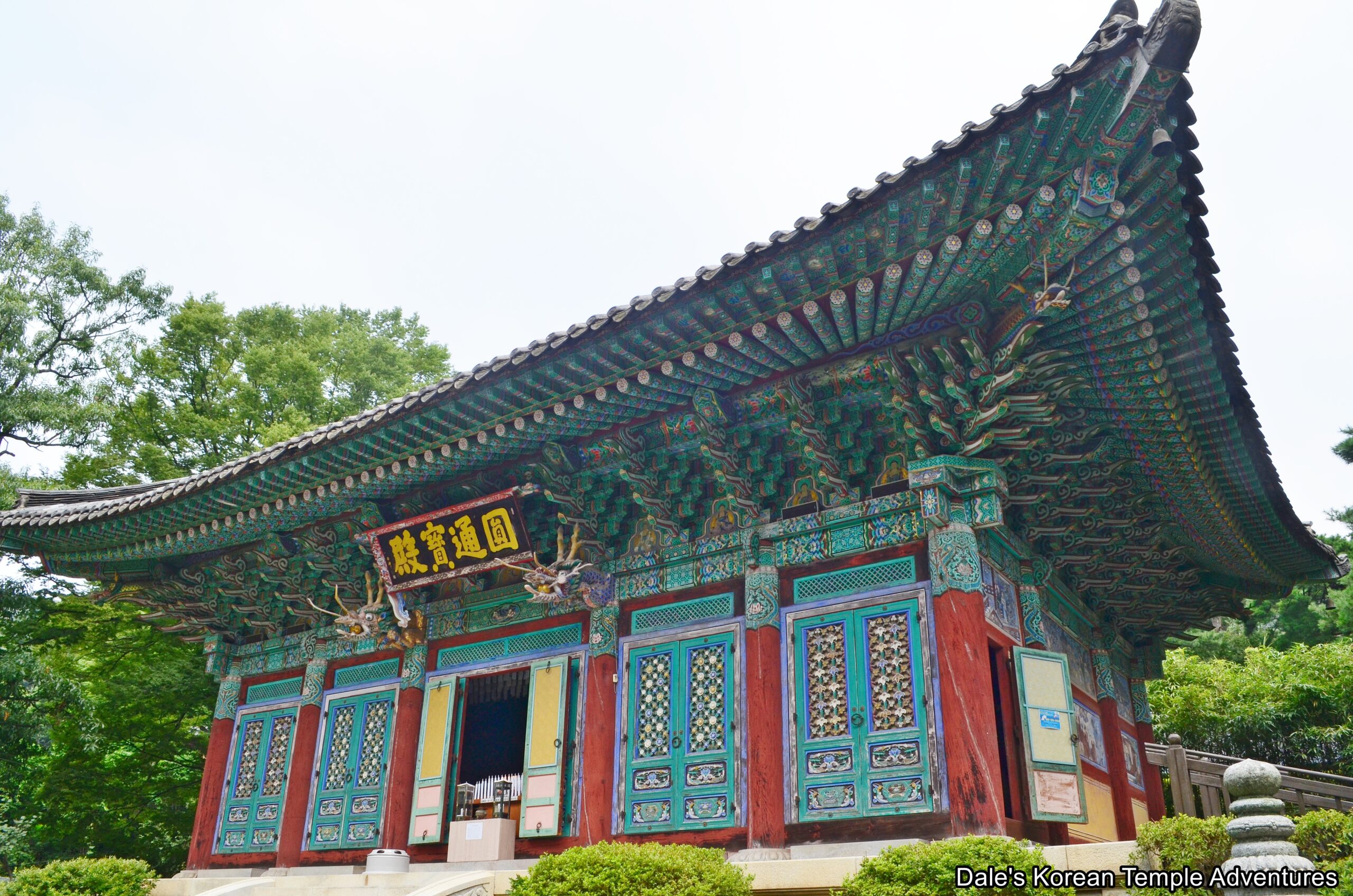
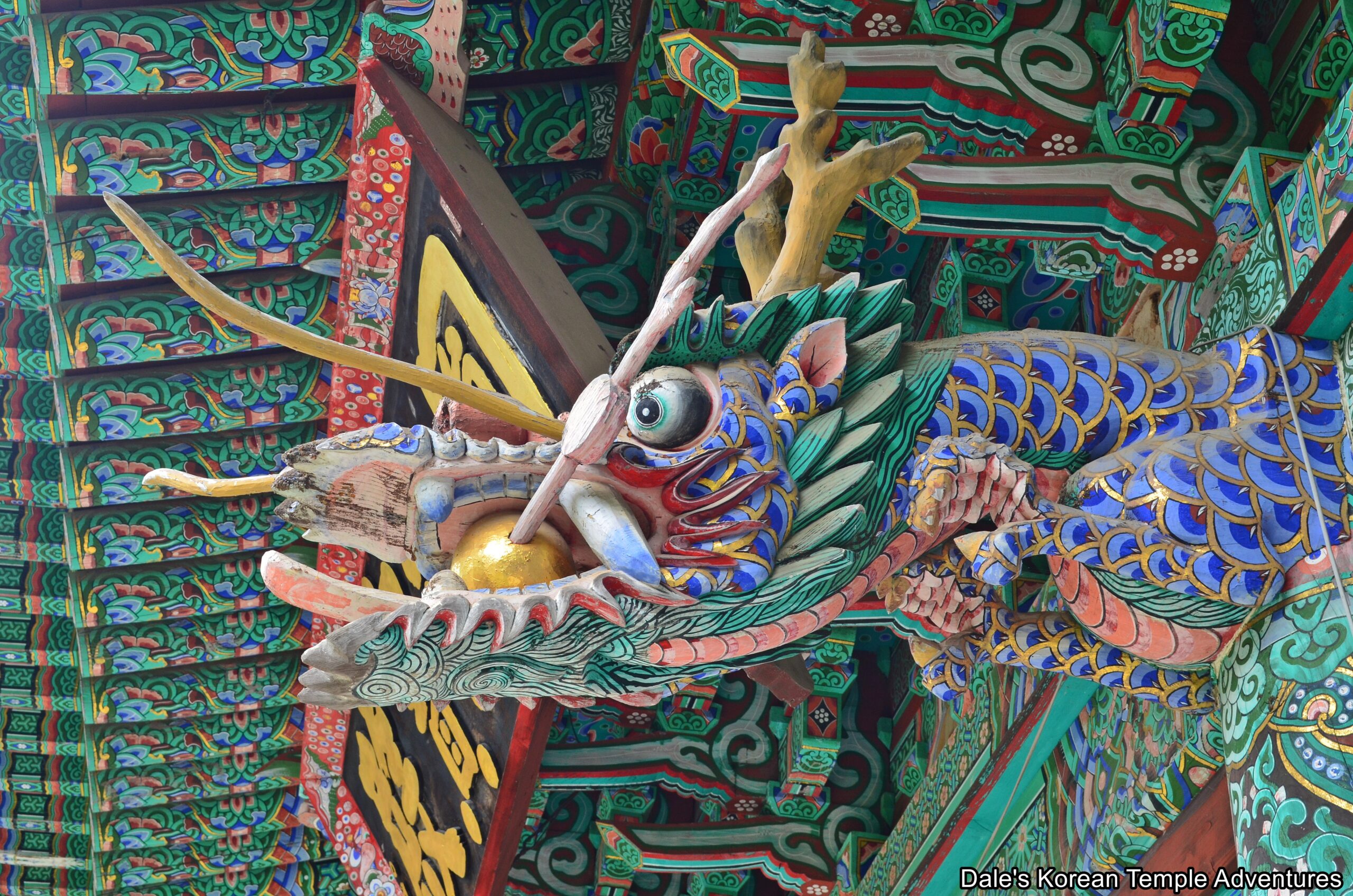
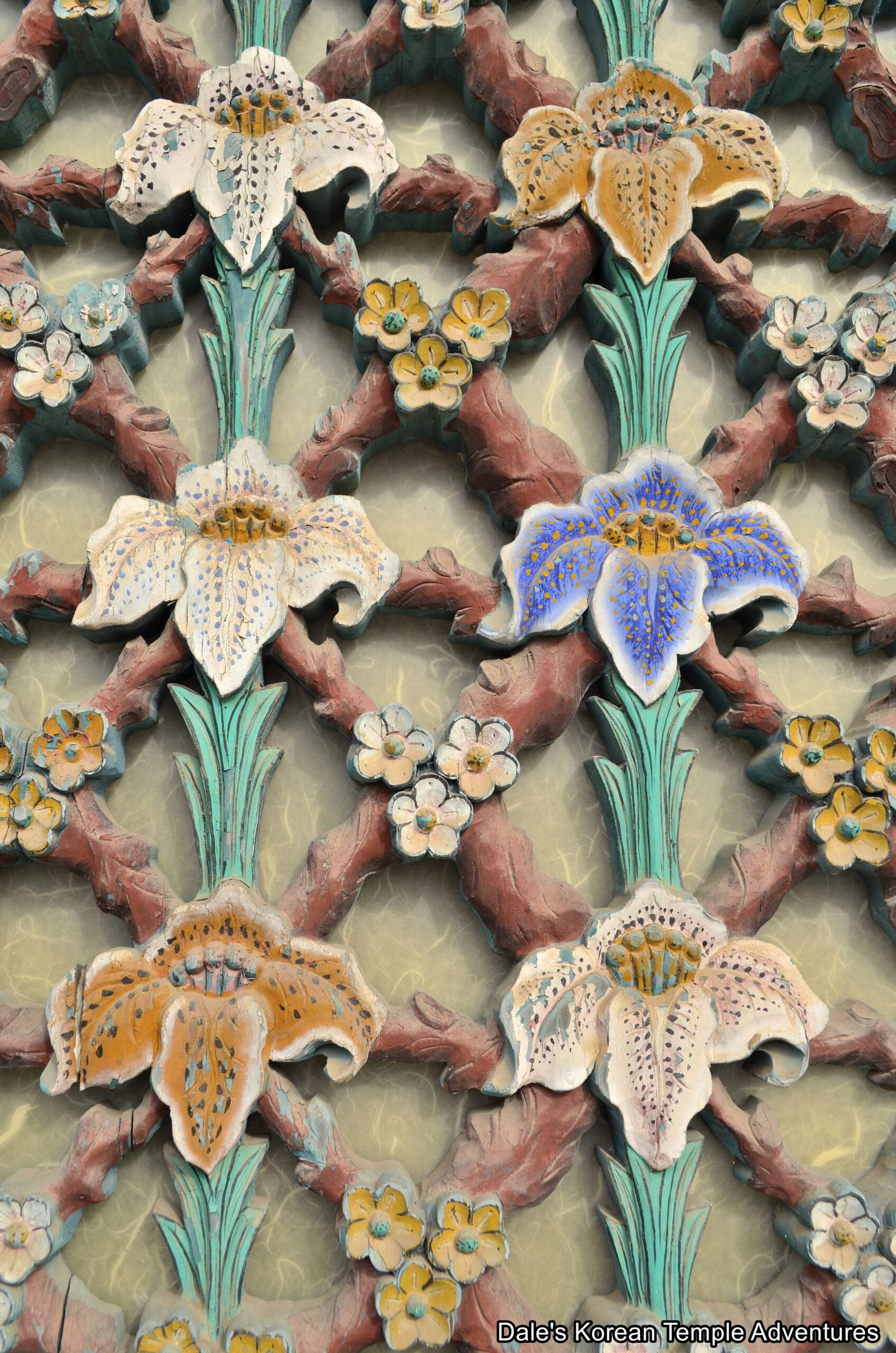
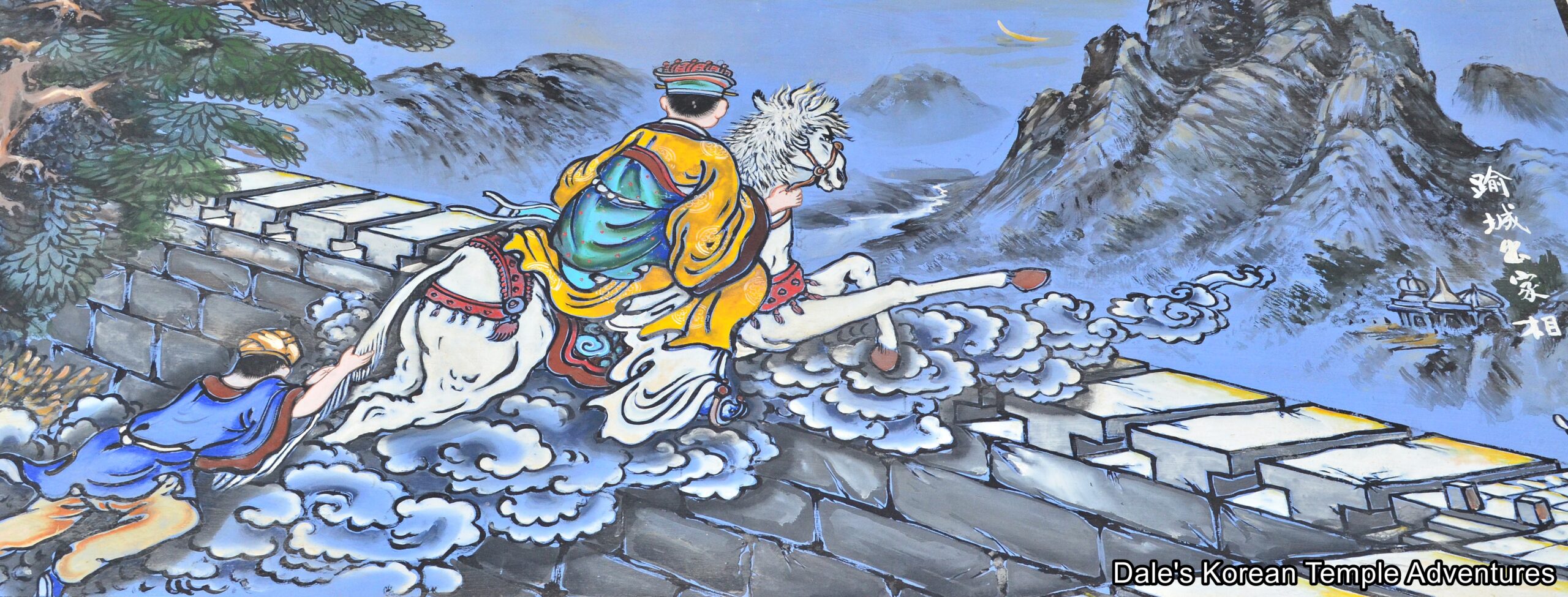
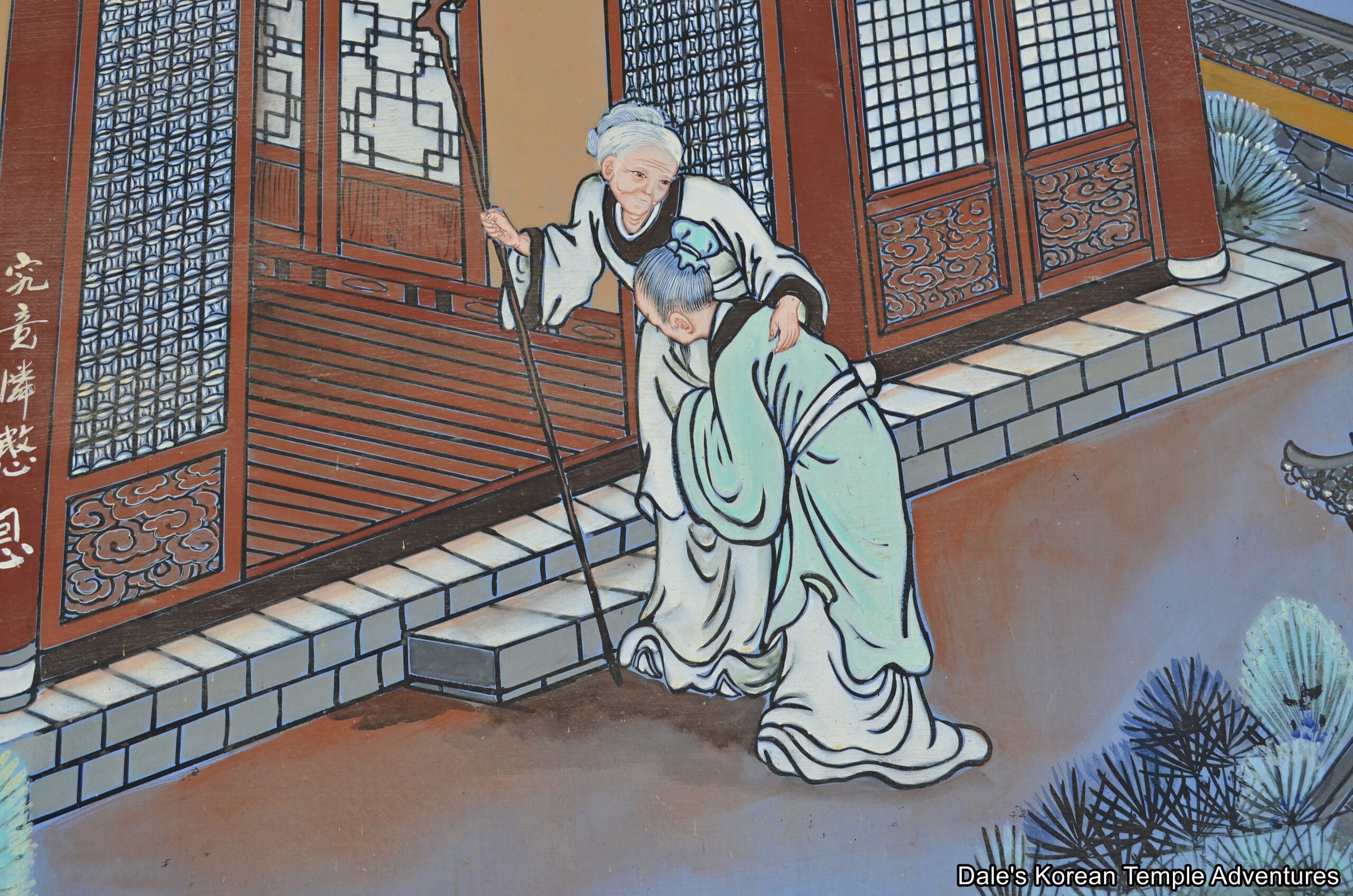
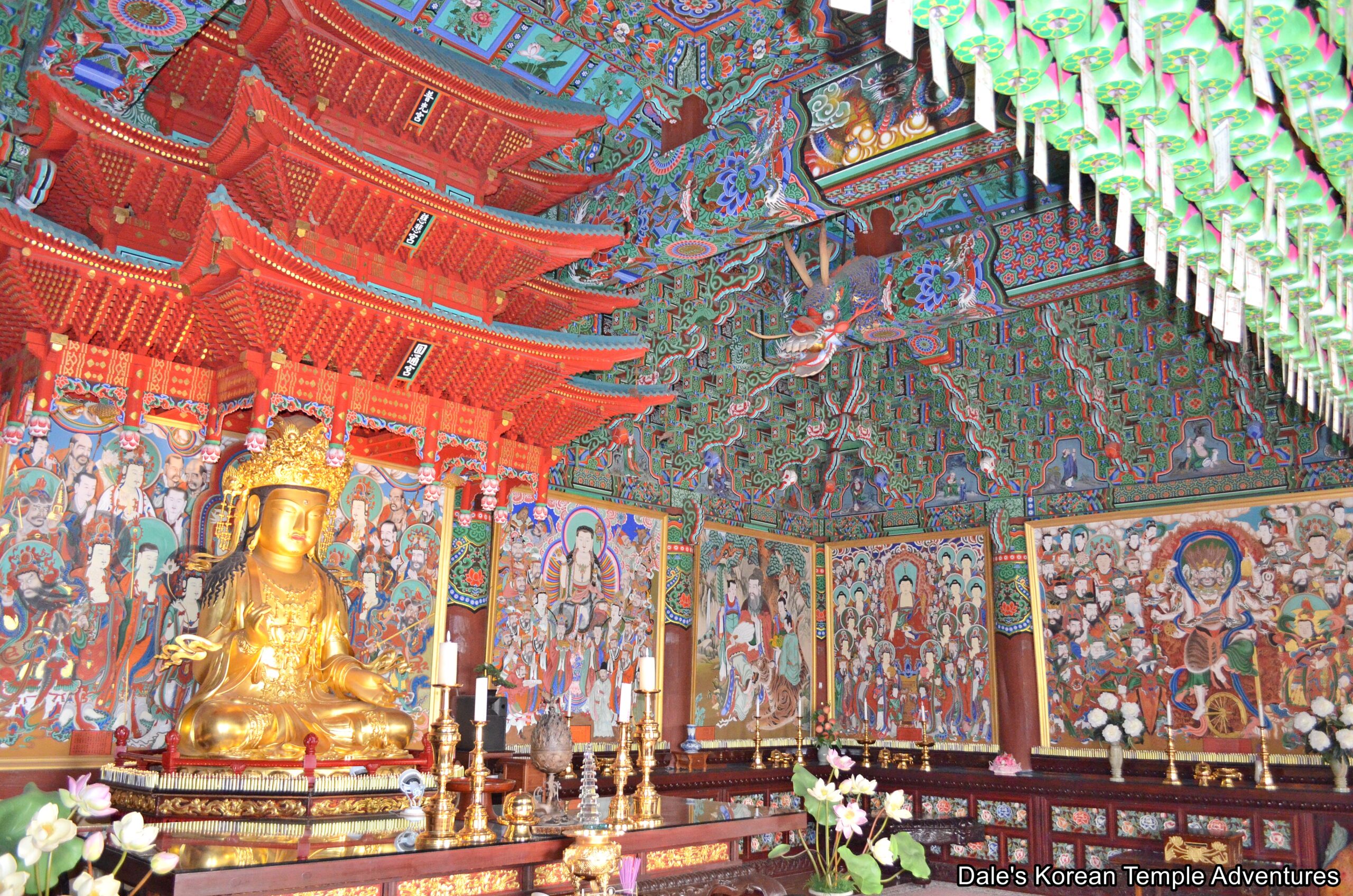
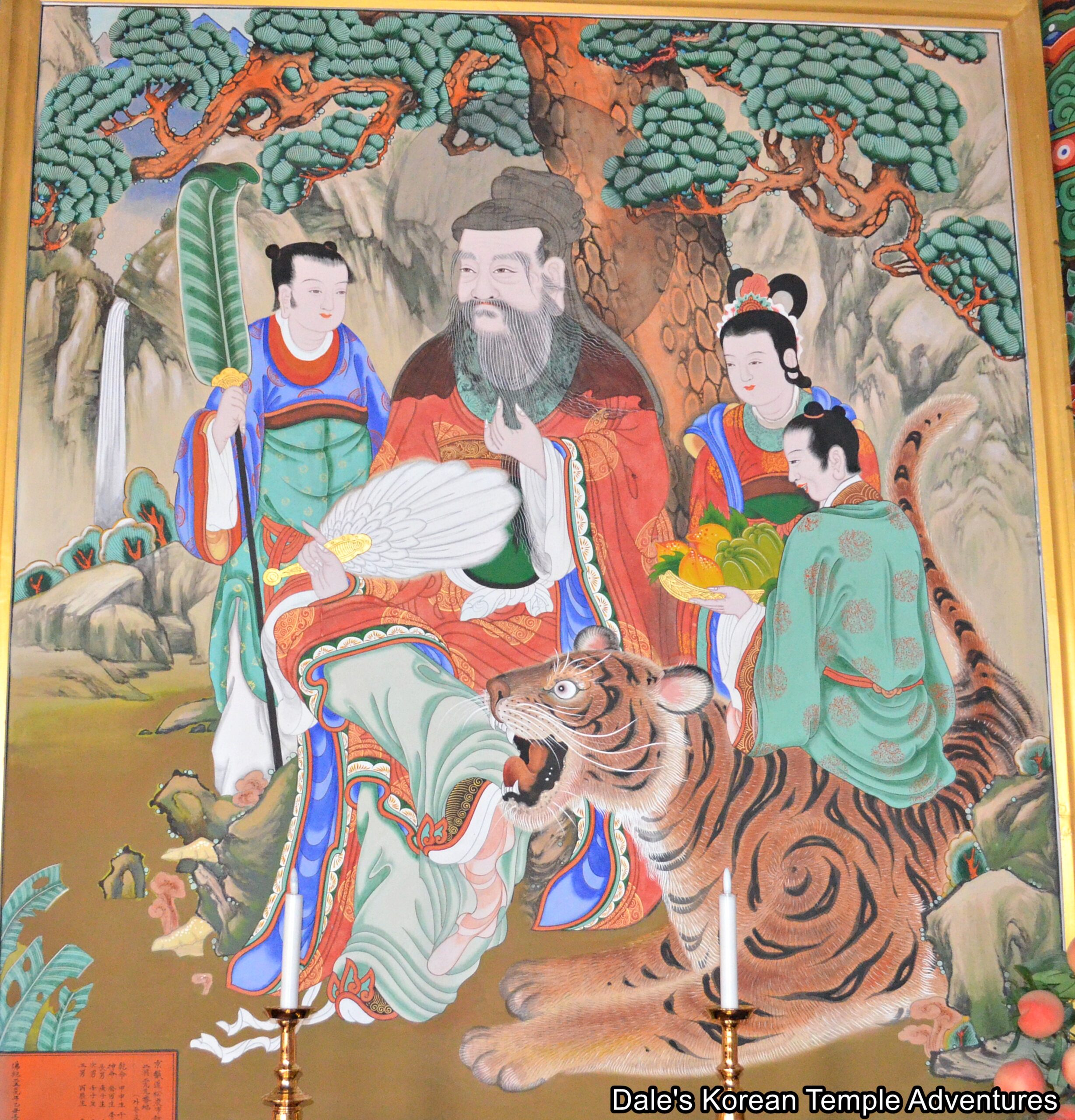
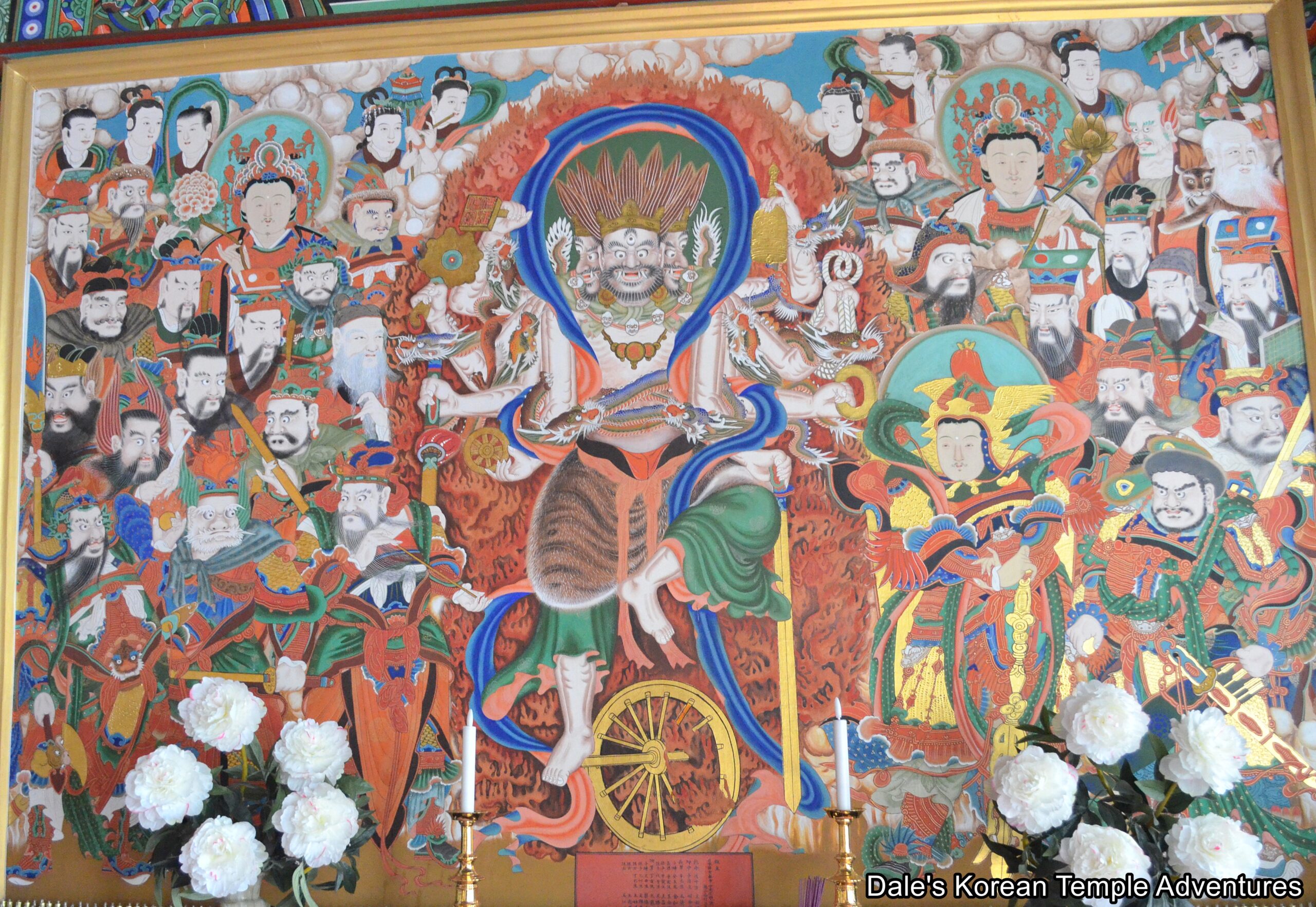

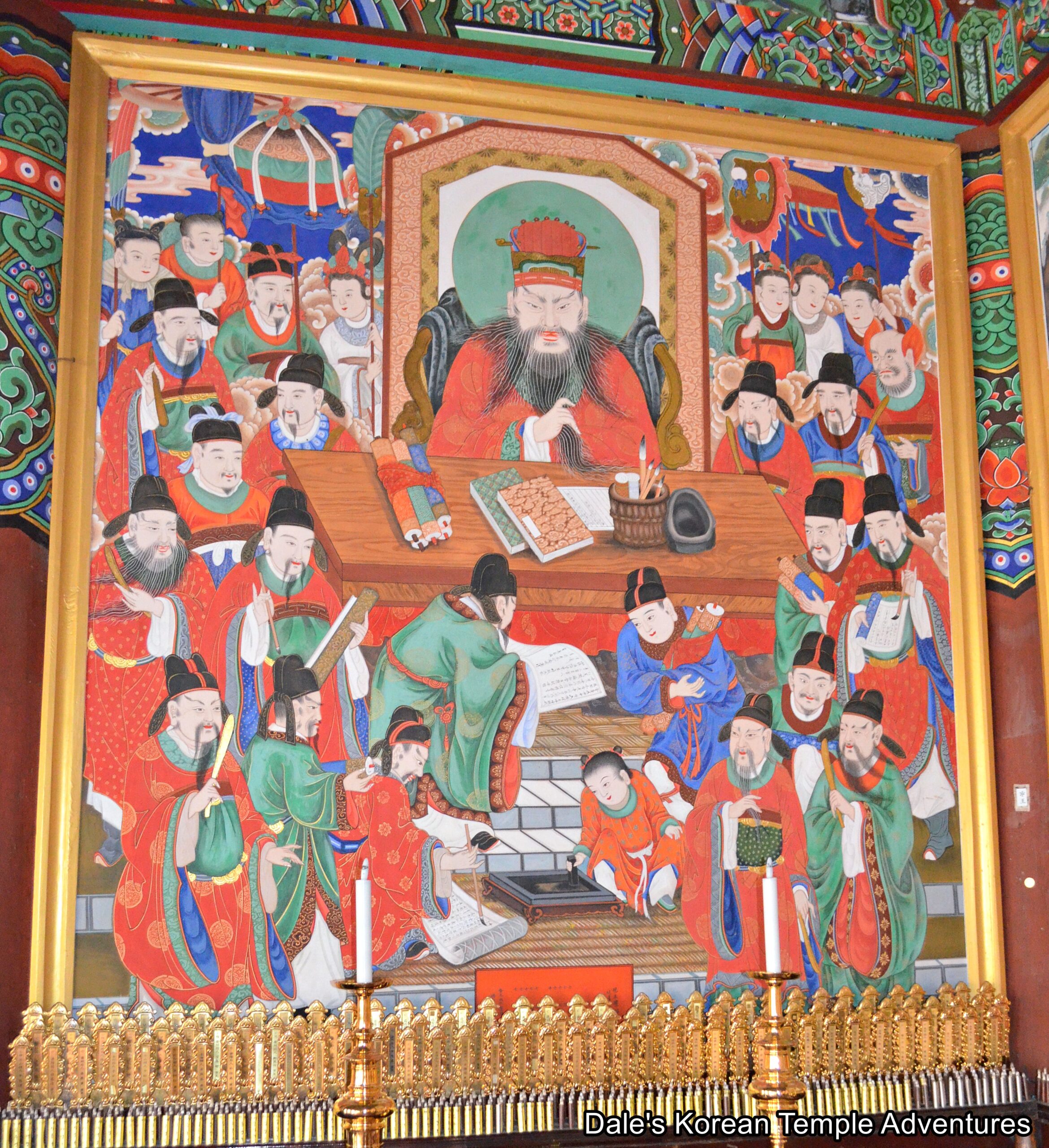
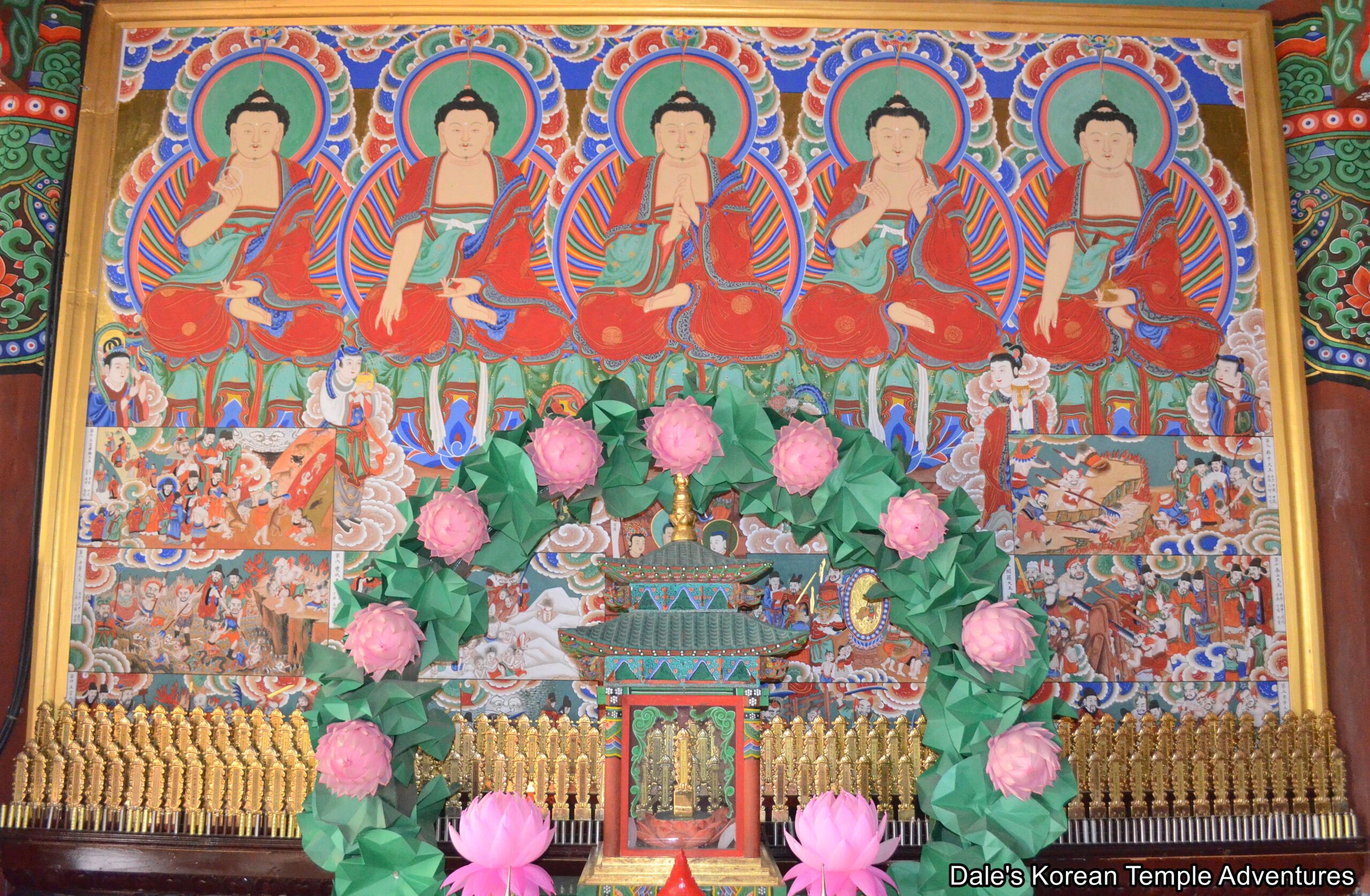
Recent comments